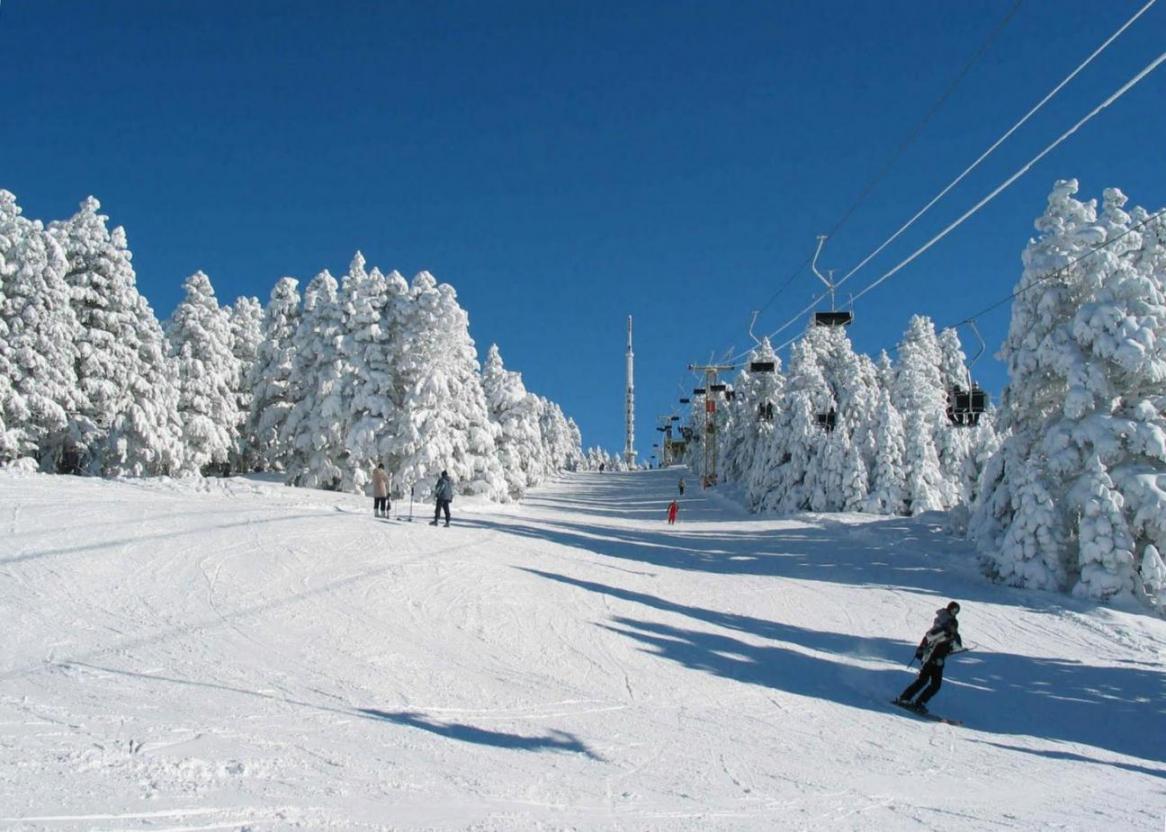In a bid to boost tourism during the winter months, a 10-day or week-long period is planned to be allocated for winter holidays, stated the head of Iran Cultural Heritage, Handicrafts, and Tourism Organization (ICHHTO), Masoud Soltanifar. He pledged to take the proposal to the Majlis for approval. The proposal was made in spring.
The official had hoped that the proposal would be approved and implemented this winter. However, winter has set in and the proposal is still waiting for approval. The peak travel time and income from tourism is still largely accrued during the New Year’s holiday in spring and during summer vacations, Donya-e Eghtesad reported.
This is while other similar proposals like increasing the weekend to two days instead of the current one day are according to tourism experts and administrators in the private sector, waiting in line to be approved and implemented for years.
Should they be implemented, they will help to “balance travel times more evenly”, no longer limiting them to certain places and at certain times. Changing vacation patterns will help spread tourism to more areas and allows new regions to flourish. Income from tourism previously concentrated in particular areas can be used for the required infrastructures of other areas.
This can help also the touristic potential of other cities that have been so far given a blind eye to be recognized and employed.
The winter holiday becomes more significant especially now when the Sixth Five-Year Economic Development Plan (2016 - 2021) is in the limelight, with many tourism experts strongly believing that it will help domestic tourism in Iran.
Extending Weekends
“The biggest help from the government to improve the tourism industry can be through legislation; the approval of extending weekends to two days and also winter holidays”, states the deputy director of Shiraz chamber of commerce, Asghar Zarifkar.
He believes that the positive impact of this extension on tourism industry has already been tested as in Tehran “we have two-day weekend holidays for most entities including the education ministry and schools”. He points to the increase in the number of travels to the northern regions from Tehran during the weekends.
To boost foreign tourism as well, the same procedure needs to be carried out; growth in domestic tourism will lead to the development of foreign tourism. Increase in travel to smaller cities will bring prosperity to their economies and expansion of their touristic infrastructure, making them ready to host foreign tourists.
Existing Patterns
A vast series of comparative research on world’s existing patterns for expanding and development of tourism and how to adapt them in Iran has been carried out by the Iran-Italy Chamber of Commerce, said head of Tourism Commission in the chamber, Roghiyeh Hatamipour.
According to the results of the researches and taking into account the examples of countries such as Tunisia, Zimbabwe, Turkey, and Malaysia in precise and planned targeting and indigenization of tourism patterns, she asserts that “apart from the policies that directly deal with foreign tourism development, allocation of a time for winter holidays is one of the most effective ways to improve domestic tourism.”
Controlling the traffic and avoiding congestions during holiday seasons imposes a huge financial burden on the state while plans such as winter holidays for schools and offices and the like can help solve the problem in an effective and economical way. “The amount saved on forces and funds” can be spent all year long on promoting tourism in new high-potential areas.
The effort to organize winter holidays was proposed years ago during the incumbency of Mohammad Khatami to reduce the number of public holidays.


